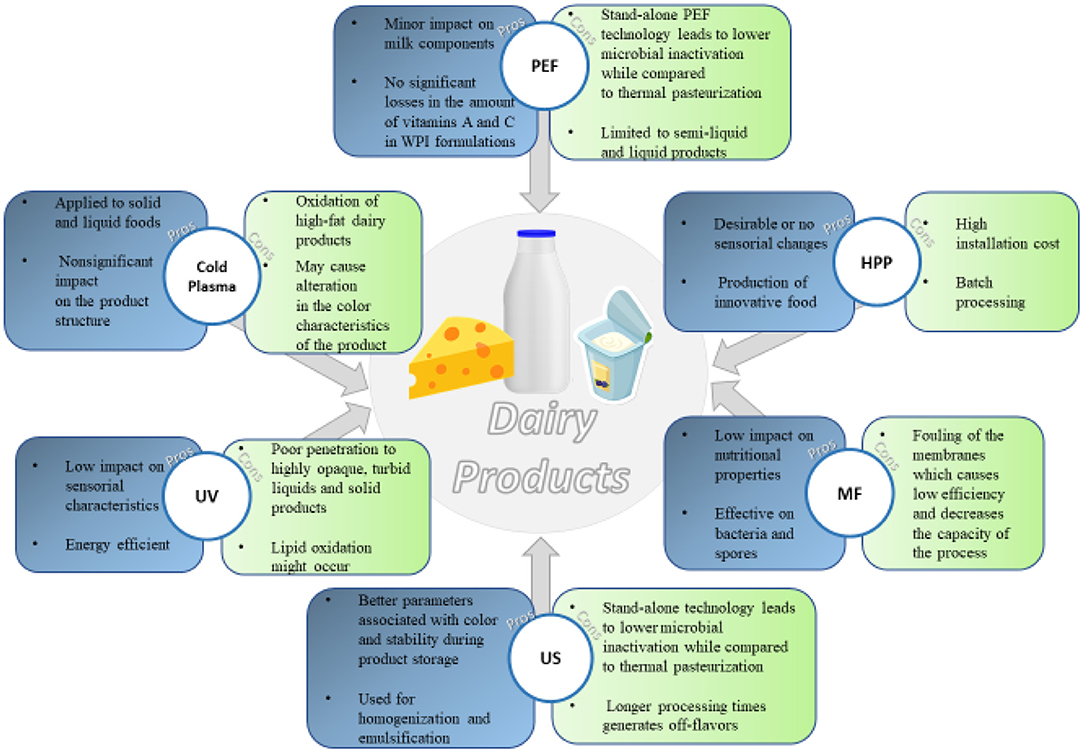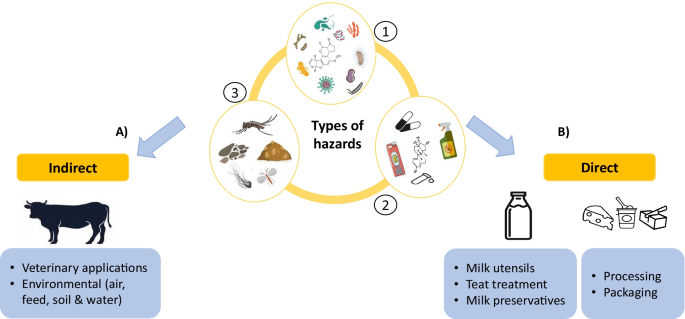In an industry where freshness, safety, and quality are non-negotiable, the dairy sector faces mounting pressure to ensure microbial compliance at every stage—from farm to factory. In today’s fast-paced market, that’s a delay no dairy processor can afford.
This is where the Digital Microbial Counter steps in as a game-changer—providing rapid, real-time microbiological assays of milk, dairy products, and hygiene samples. With the ability to detect microbial contamination within hours or even minutes, this innovative technology is revolutionizing how the dairy industry approaches safety, quality, and compliance.
The fundamental importance of microbial monitoring in dairy production cannot be overstated. Milk’s nutrient-rich composition provides an ideal growth medium for various microorganisms, including both spoilage organisms and pathogenic bacteria. Total bacterial count (TBC) serves as a primary indicator of milk quality, with regulatory standards in many regions requiring TBC levels below 15,000 cfu/mL for premium quality milk.

What Is a Digital Microbial Counter?
A Digital Microbial Counter is an automated, high-sensitivity instrument that rapidly quantifies microbial load in samples using advanced detection technologies like:
- Turbidimetry
- Fluorometry
- Impedance measurement
- Enzyme-substrate reactions
Instead of growing colonies on agar plates over 2–3 days, these counters detect metabolic activity, optical changes, or fluorescent signals associated with bacterial growth—yielding results in real time or within a few hours.

Types of Digital Colony Counters
Table: Comparison of Digital Colony Counter Types
| Type | Working Principle | Key Features | Applications in Dairy Industry |
| Manual Digital Counters | Pressure-sensitive plate with probe pen for manual colony marking | Audible beep confirmation, digital display, adjustable magnification | Small-scale operations, educational use, verification of automated systems |
| Fully Automated Counters | Complete automated imaging and analysis without user intervention | High-throughput capabilities, advanced image processing, database integration | High-volume dairy processing facilities, central quality control laboratories |
| Portable/Mobile Counters | Compact design with simplified imaging and analysis | Field-deployabl |
Applications in the Dairy Industry
1. Raw Milk Testing at Collection Points
- Rapid screening of Total Viable Count (TVC) before accepting raw milk
- Helps prevent contaminated or spoiled milk from entering the processing line
2. In-Process Quality Control
- Real-time monitoring of pasteurization efficiency, fermentation hygiene, and post-processing contamination
- Early detection helps reduce batch rejection and improve yields
3. Finished Product Testing
- Faster release of finished milk, yogurt, cheese, and other dairy products
- Shortens holding times and improves market responsiveness
4. Hygiene Monitoring of Equipment & Surfaces
- Rapid microbial swab testing for Clean-in-Place (CIP) validation
- Detects biofilm formation or microbial hotspots before they become a problem
How Does It Work?
Here’s a simplified workflow for using a digital microbial counter:
- Sample Preparation – Milk or surface swab is collected and mixed with a detection reagent.
- Automated Detection – The device measures changes (e.g., turbidity, fluorescence) over time.
- Real-Time Readout – Based on calibration curves, the system estimates CFU/mL or microbial load.
- Decision Making – Immediate go/no-go decisions can be made based on hygiene or quality thresholds.
Technologies Behind the Speed
| Detection Principle | What It Measures | Used For |
| Fluorometry | Enzyme activity from bacteria | Fastest; used in milk and hygiene assays |
| Turbidimetry | Optical density of bacterial growth | Common for raw milk screening |
| Impedance | Electrical resistance change due to microbial metabolism | Highly sensitive, ideal for UHT milk |
| ATP Bioluminescence | Measures microbial ATP via light emission | Often used in surface hygiene testing |
Key Benefits
| Advantage | Impact on Dairy Industry |
| Rapid results | Reduce wait time from 2 days to 2 hours |
| Real-time monitoring | Enables immediate corrective actions |
| Cost-effective | Fewer rejected batches and improved shelf-life |
| Data integration | Supports traceability and digital QA/QC systems |
| Non-laboratory use | Some systems are portable and field-friendly |
A New Standard for Hygiene Verification
For milk processors, CIP and hygiene validation are mission-critical. Digital microbial counters can assess surface cleanliness in under 10 minutes, compared to 24-hour traditional swab cultures. This is particularly useful for:
- Pasteurizer lines
- Filling machines
- Milk storage tanks
- Cheese vats
- Yogurt fermentation chambers
Meeting Modern Industry Demands
In an era of:
- Stricter food safety regulations
- Shorter product shelf lives
- Global dairy exports
- Smart factories and digitalization
…rapid microbial detection is no longer optional—it’s essential.
By integrating digital microbial counters, dairy plants are not only improving their microbiological safety but also embracing Industry 4.0 principles with smart data tracking, automated workflows, and real-time analytics.

Future Trends and Developments in Microbial Enumeration
Technological Advancements on the Horizon
The field of digital microbial enumeration continues to evolve rapidly, with several promising developments on the horizon:
- Artificial intelligence integration: Machine learning algorithms are being developed to improve colony recognition accuracy, particularly for challenging samples with overlapping colonies or unusual morphology.
- Internet of Things (IoT) connectivity: Next-generation systems will feature enhanced connectivity for real-time data sharing across multiple facilities and integration with broader quality management systems.
- Miniaturization and portability: The development of smaller, more portable systems will enable more widespread testing at various points in the production chain.
- Enhanced data analytics: Future systems will incorporate more sophisticated analytical capabilities for predictive quality modeling and trend analysis.
Conclusion
The digital microbial counter represents a critical advancement in the dairy industry’s journey toward real-time safety, quality assurance, and operational efficiency. With the ability to deliver near-instant microbial results for milk, surfaces, and finished products, it bridges the gap between traditional microbiology and modern food processing demands.
Whether you’re a milk processor, quality manager, or dairy equipment manufacturer, now is the time to invest in smart microbiological tools that keep pace with your ambitions.
Want to know more about selecting the right microbial counter for your dairy plant or lab?
Contact Us or explore our guide to rapid microbiological testing solutions.

